SUMMARY
This is AI generated summarization, which may have errors. For context, always refer to the full article.
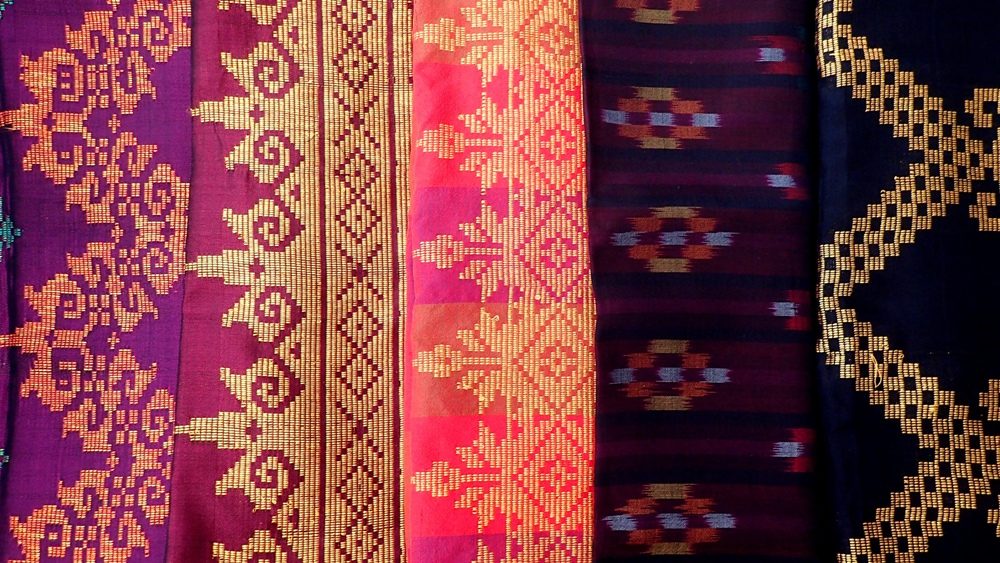
Once, there was a sultan in Maguindanao who wanted his precious metal case containing his treasured belongings woven into a malong, a cloth usually worn around the waist. He held a weaving contest among his 4 wives, and the youngest won. Thus, the inaul pattern of karanda, named after the precious metal case, was born.
This is how master weaver Noraina “Jho” Abbas Ansing recounts the story behind one of inaul’s traditional patterns. Inaul is Maguindanao’s traditional woven cloth and the word literally means “woven” in the Maguindanaoan language.
Ansing was born in Barangay Katidtuan in Sultan Kudarat municipality, believed to be the birthplace of inaul. Inaul came alongside the introduction of Islam in Maguindanao. Shariff Mohammed Kabunsuan from then-Johore in Malaysia came to Maguindanao with the Islam faith, along with the earliest inaul weavers from Sumbawa in Indonesia.
Ansing says that these first inaul weavers weave with the sutra thread from spider webs. The thread is so thin that a malong can fit in a bunched-up fist. Today, the inaul is woven with cotton, rayon, and silk. Early weavers also used to weave with backstrap looms; now weavers use the hand loom.
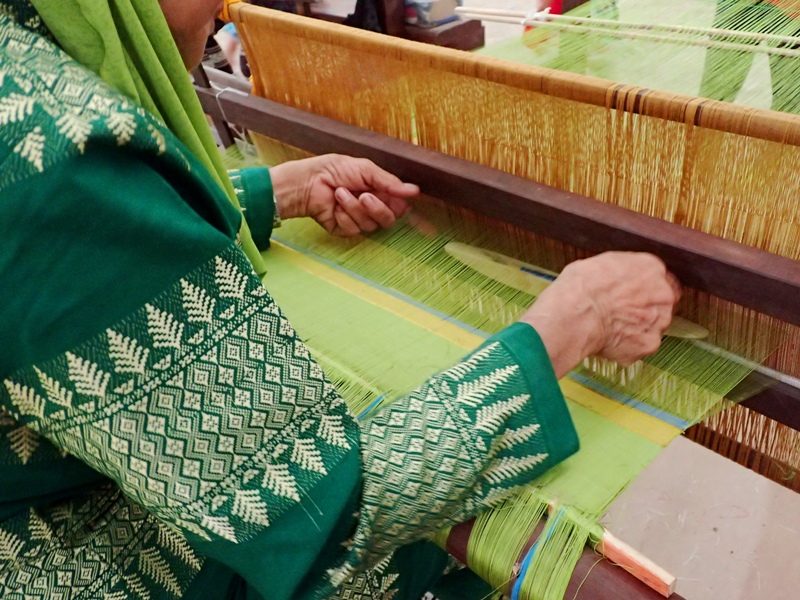
Traditional inaul patterns are passed on from generation to generation. Ansing learned inaul from her mother, who then learned from her own mother. She started weaving at 15 and has been doing so for the past 35 years.
Some inaul patterns are inspired by stories and objects, like the karanda. Some can be inspired by emotions. Ansing tells of the pattern lombayan, which means sadness. There are also special inaul patterns that can only be worn by royalty.
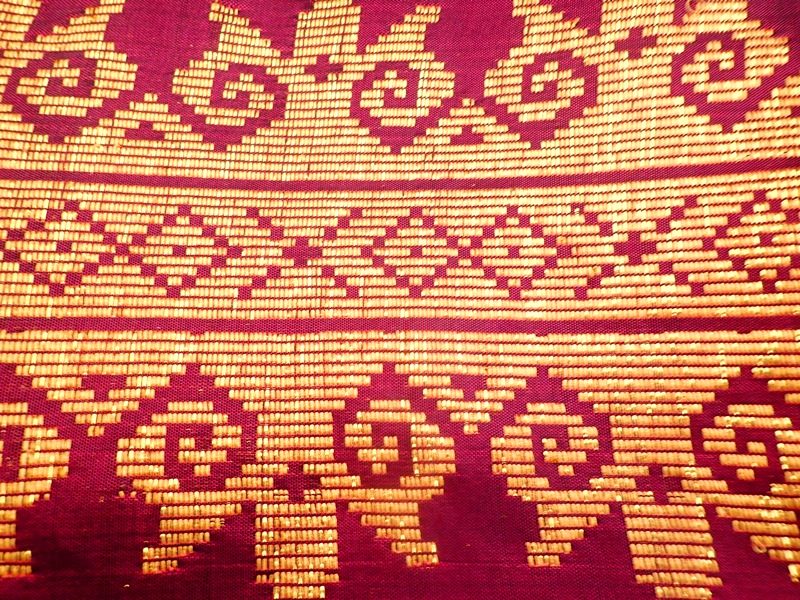
Weaving a malong usually takes at least two days, with the more difficult patterns taking 5 or 6 days. Among the most difficult and the most expensive is the binaludan or biyaludan with its wavelike patterns. For the colors to stand out from the main fabric, the weaver dyes the threads, wraps them up in banana leaves and dries them under the sun. This practice is similar to the ikat weaving of the T’bolis, Blaans, and some other indigenous groups in Mindanao.
To prevent the dyes from fading, the binaludan malong should be washed only with coconut water, and only in the stained area.
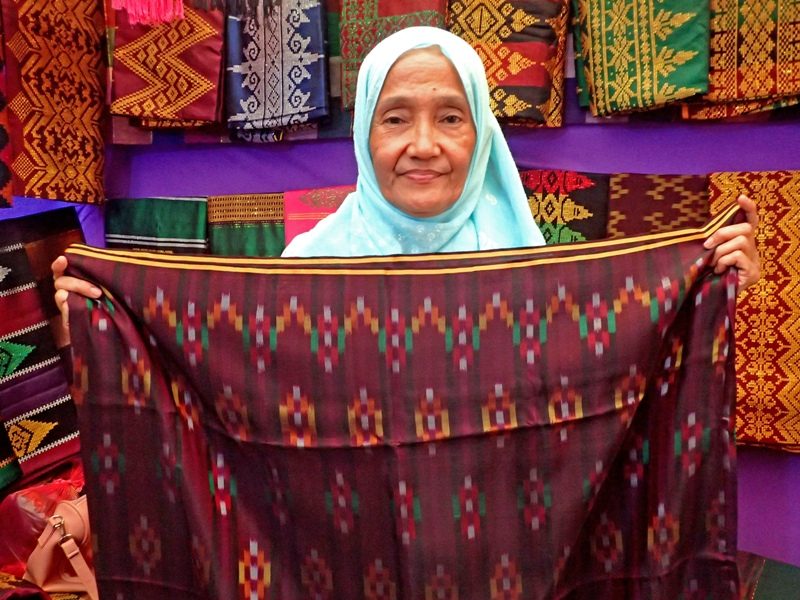
Ansing tirelessly weaves all these patterns, out of necessity as much as passion. When her husband died from a heart attack around a decade ago, she was able to raise her six children through her weaving. She later passed on the skill to her daughters, who use the income for their school allowance.
Ansing’s mother had told her when she was still learning weaving: “This is the only wealth I can pass on to you that cannot be taken away.” Ansing said that this statement turned out to be true when she was able to support her children through weaving.
At present, though, Ansing says that inaul weaving is not the necessity it used to be since other work is available, especially for younger Maguindanaoans who get educations and opportunities overseas. Weaving inaul and earning money from it is not as appealing to them now, Ansing says.
To keep the inaul tradition alive, Maguindanao’s local government launched the first annual Inaul Festival two years ago, with street dances and performances using inaul, and even beauty pageants and fashion shows. Fashion designers, including Renee Salud and designers based in Maguindanao and Cotabato City, made inaul gowns and dresses for beauty queens to model in the runway.
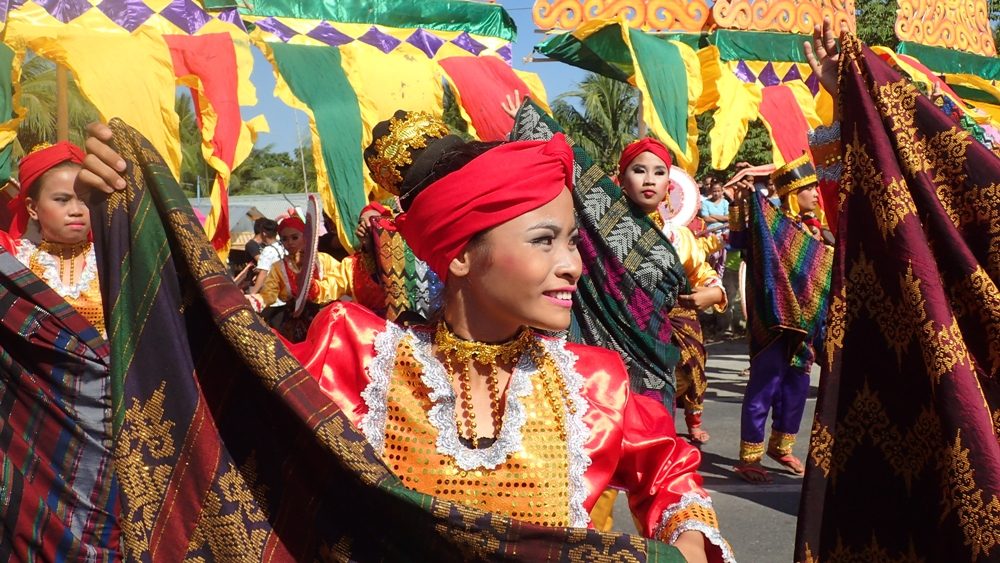
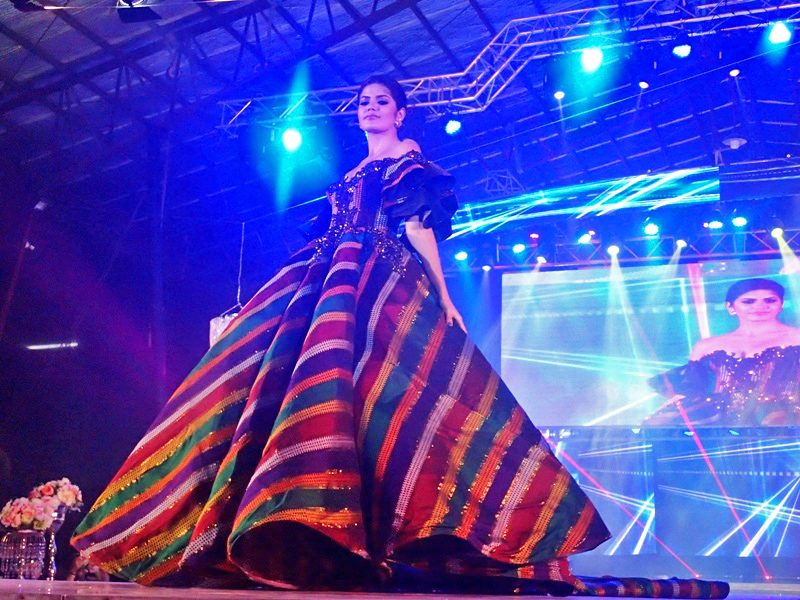
Jearson Demavivas, one of the Maguindanaon designers whose works were modeled in the fashion show, also designed inaul outfits for Miss Universe 2018 Catriona Gray. (LOOK: Catriona Gray’s outfits during day 1 of her homecoming )
Akmad Kari, a Cotabato City-based designer, says it is only natural for him to design with inaul as he grew up familiar with inaul, seeing it sold and worn around him. He has always thought of inaul as a special weave and something to be proud of. He looks forward to designing more inaul pieces in the future.
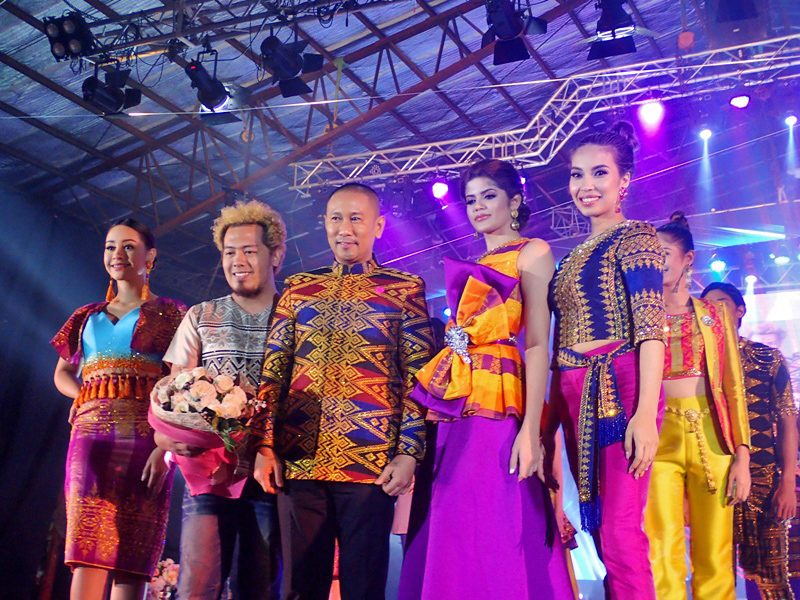
The festival, Ansing says, also helped drive up the price for inaul closer to its true value. A binaludan malong now, for example, can be sold for at least P2,800. Also, now, new patterns aside from the old traditional patterns are being woven, and these patterns appear in fabrics sold in markets as well as in the clothes designed by fashion designers.
Inaul fabrics from different municipalities are also displayed and sold at the Inaul Expo at the Inaul Festival. Aside from malongs, weavers now also sell shawls, headscarves, bags, purses, laptop bags, among other merchandise which customers can use regularly.
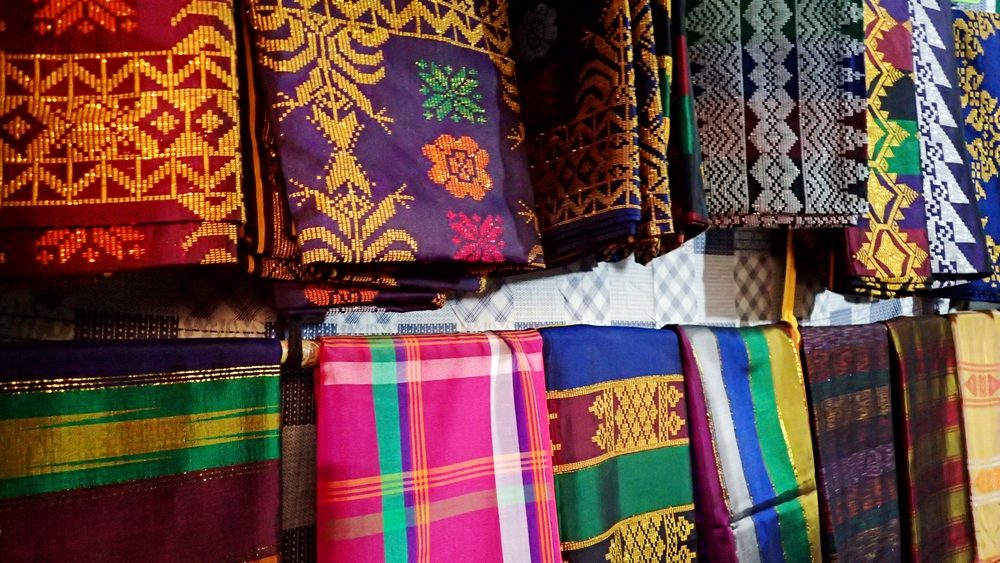
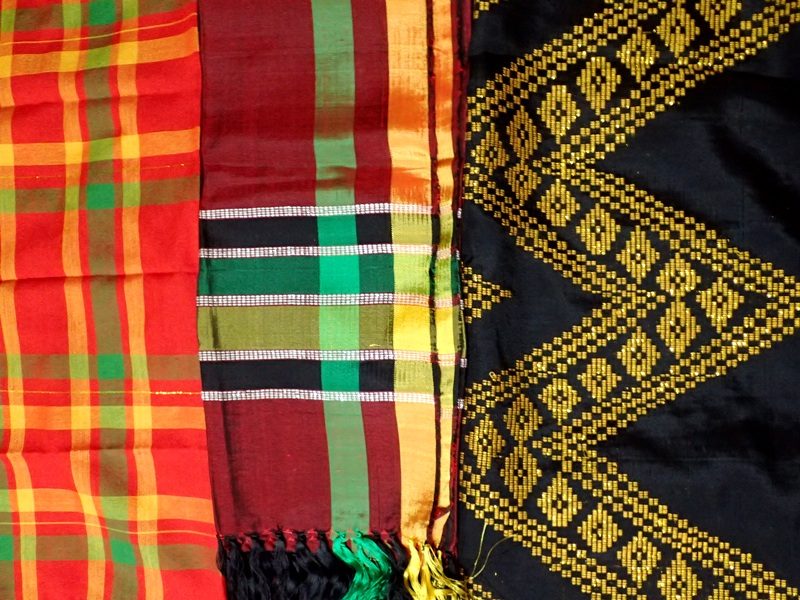
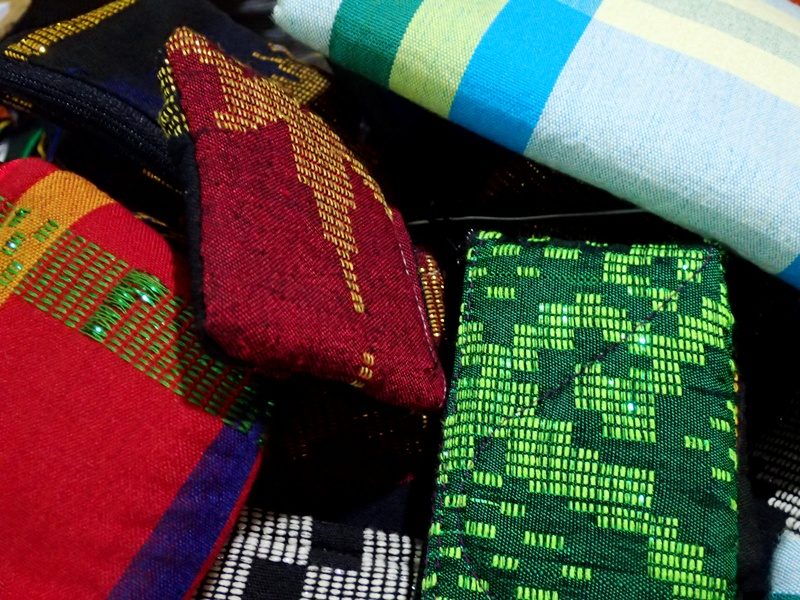
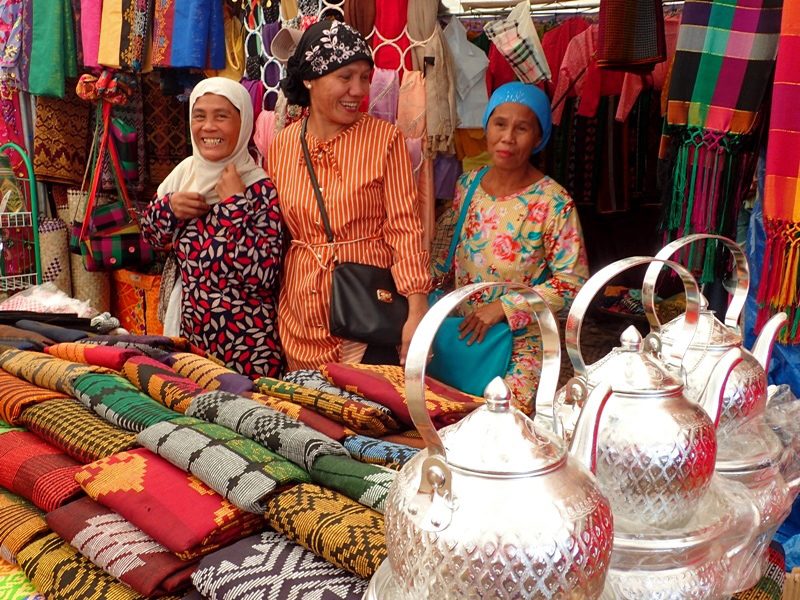
Inaul weaving contests are also held at the Inaul Festival to encourage more quality weaving. This year, Ansing and her sister-in-law Baikan Ansing won the malong weaving contest, while Ansing’s daughter Hashna Abbas Ansing won the shawl category.
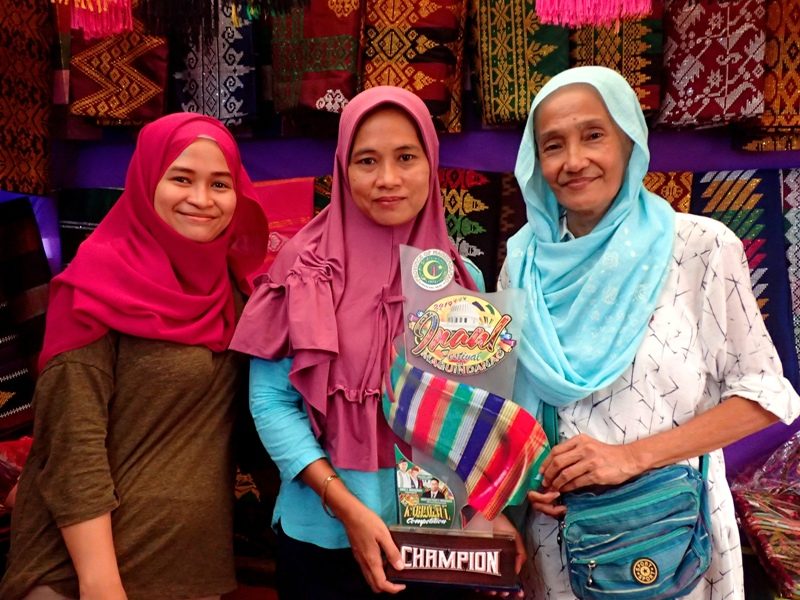
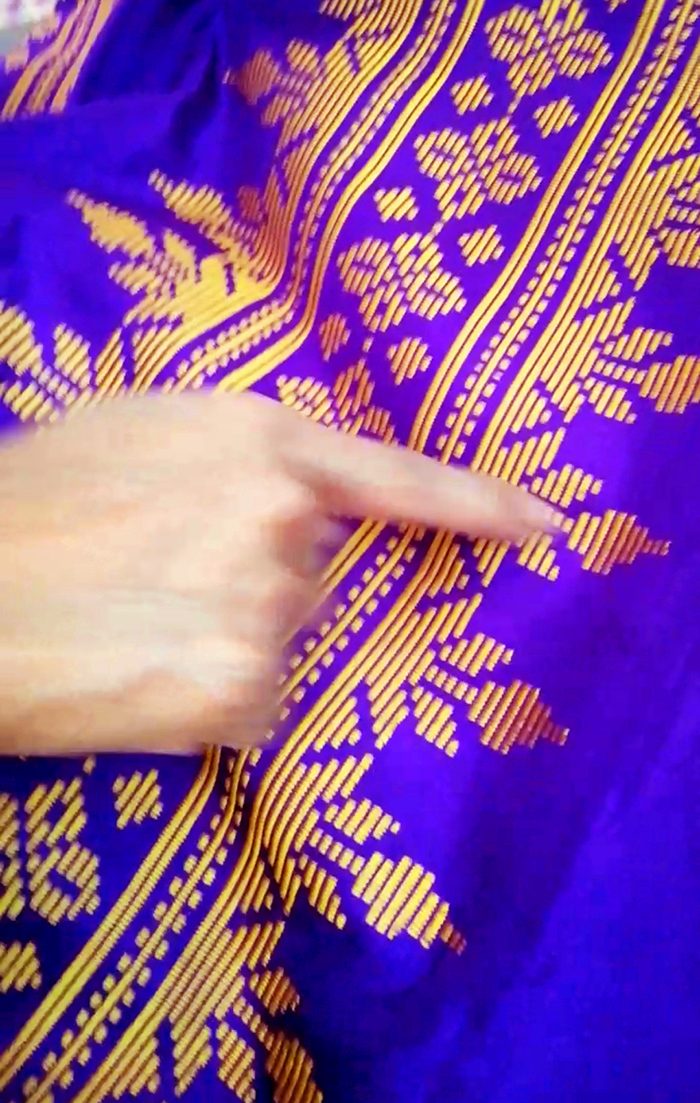
To ensure the practice of inaul weaving continues well into the next generations, the local government has organized training programs for women around Maguindanao to learn the craft. Ansing herself has trained women as young as 17 in her hometown Sultan Kudarat. Ansing, together with other women, also formed a local weavers’ association and received financial support from the government to buy threads for weaving. There are still challenges, though, as they do not have enough to buy looms for those who were trained and want to weave regularly. Ansing says the young women are eager to weave but do not have the means to buy a loom.
Nevertheless, Ansing remains hopeful for inaul’s future in Maguindanao. Even now, inaul keeps her and her family alive. She also tells of fellow inaul weavers whose experience is similar, and who keep receiving orders, some from overseas. Inaul has become really well-known, Ansing says with pride.
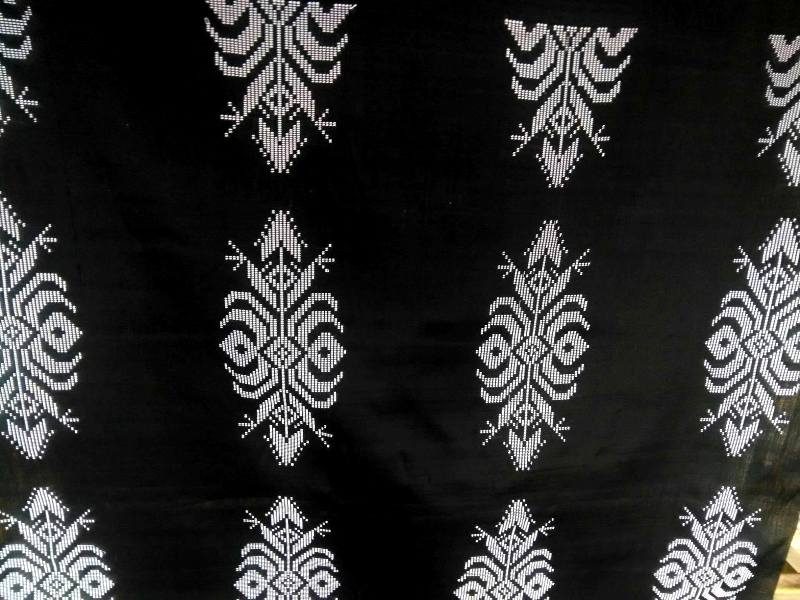
– Rappler.com
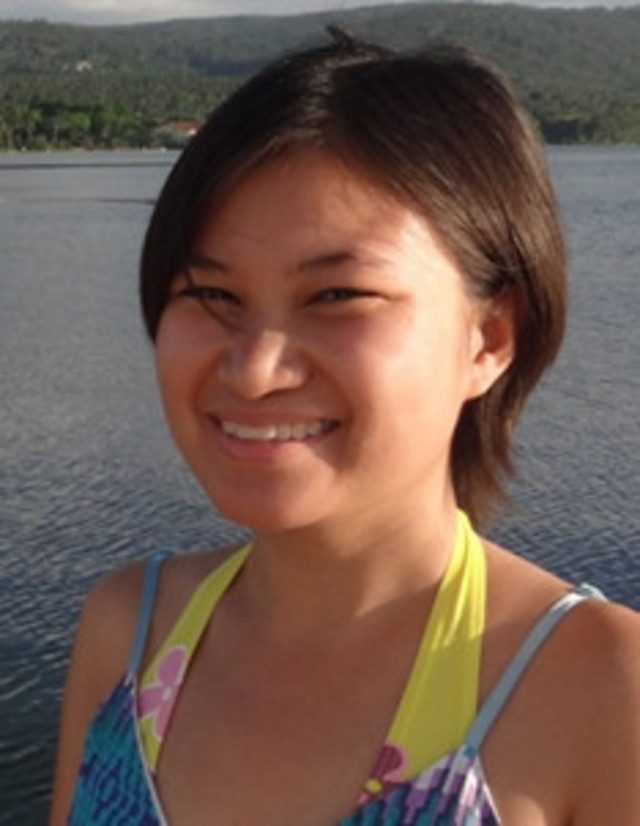
Claire Madarang is a writer, researcher, and documenter whose work and wanderlust takes her to adventures like backpacking for seven weeks and exploring remote islands and bustling cities alike. Follow her adventures, travel tips, and epiphanies on her blog Traveling Light and on her Instagram.
Add a comment
How does this make you feel?
There are no comments yet. Add your comment to start the conversation.